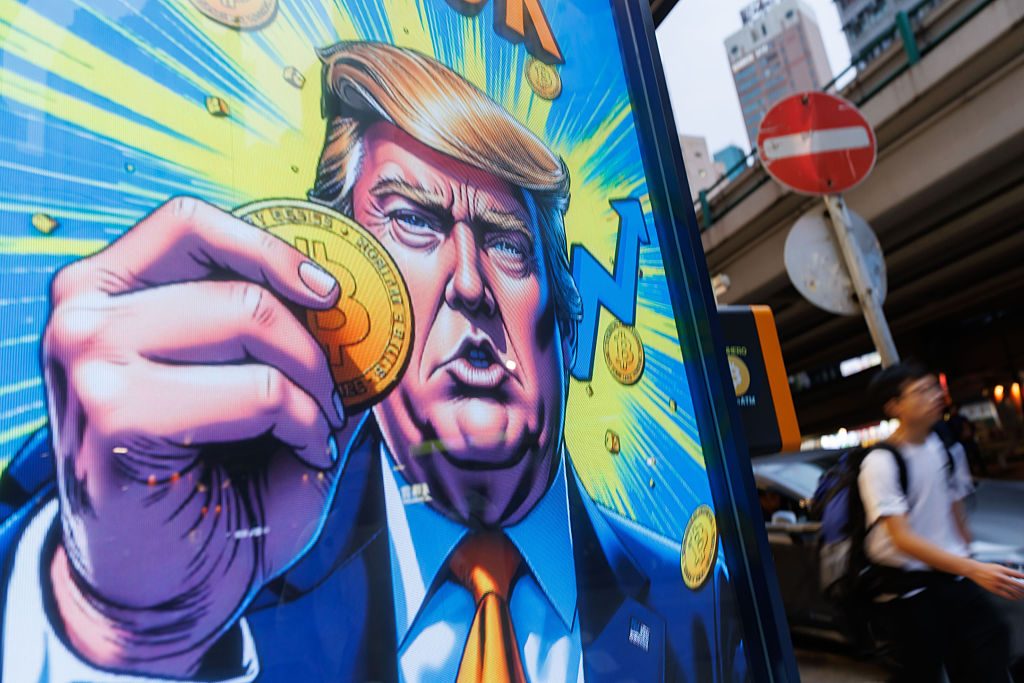In recent weeks, the crypto landscape has faced significant turbulence, particularly with Bitcoin’s sudden decline in value despite favorable economic conditions that should have facilitated its rise. This unsettling turn of events has drawn attention to the underlying dynamics of cryptocurrency and its evolving role in the financial system.
The Current Market Situation
Bitcoin experienced a remarkable rally at the beginning of October, reaching an all-time high. However, within a mere two weeks, it lost approximately 15% of its value, which is a notable shift for a digital currency typically characterized by volatility. In contrast, traditional market indices have remained relatively stable, with gold even surging by 7% during the same timeframe, emphasizing Bitcoin’s erratic nature as a supposed “digital gold.”
The Influence of Crypto-Elites
Historically, Bitcoin was created as a response to disillusionment with traditional banking practices following the 2008 financial crisis. With its inception tied to a political statement embedded in its genesis block, Bitcoin was envisioned as a means to decentralize finance and democratize economic power. However, the current reality suggests that a small group of major holders—or “crypto-garchs”—now controls a significant portion of the market. Reports indicate that approximately 2% of Bitcoin owners control the majority of the digital currency.
Political Connections and Market Power
The crypto-garchs have gained substantial political leverage by forging alliances with influential figures, notably within the Trump administration. This relationship has provided them with a degree of immunity from regulatory scrutiny, allowing them to manipulate the market through Bitcoin “treasuries.” These specialized funds deliberately remove large amounts of Bitcoin from circulation to drive up its value, closely mirroring actions taken by established banks during the financial crisis.
The Legacy of Bitcoin: Progress or Regression?
Despite the initial promise of a decentralized financial revolution, Bitcoin’s evolution raises questions about its utility as a currency. Its volatility and clunky transaction process hinder its use in everyday transactions, relegating it primarily to a speculative asset. As investment banks increasingly offer crypto products, the dream of a radical alternative financial system has faded, replaced by a market dominated by elites.
Potential Implications for the Future
Interestingly, the recent bearish trend in Bitcoin’s price could indicate deeper issues within the cryptocurrency framework. The mechanics by which major holders govern the market mean that any significant liquidation could lead to a dramatic drop in Bitcoin’s value, affecting not only their fortunes but also the broader economy. As smaller investments falter and liquidity issues arise, many may reconsider their commitment to Bitcoin in favor of more stable assets, like gold.
Lessons from History
As investors grapple with uncertainty and consider the shifting dynamics of crypto versus traditional gold, history suggests a recurring pattern: in times of economic stress, people often gravitate toward assets with a proven track record. With rising concerns about Bitcoin’s sustainability, these patterns hint at a strategic pivot back to gold. This return to a more traditional store of value could signify a collective instinct to withstand economic turbulence.
Looking Ahead
While Bitcoin may have recovered in the short term due to existing favorable conditions, the recent price drop begs for closer examination. Should the downtrend continue, the reverberations could affect not just the digital currency holders but the broader economic landscape. The original vision of Bitcoin may yet see a resurgence as it challenges the power structures formed by its “oligarchs,” potentially paving the way for a more equitable financial future.



